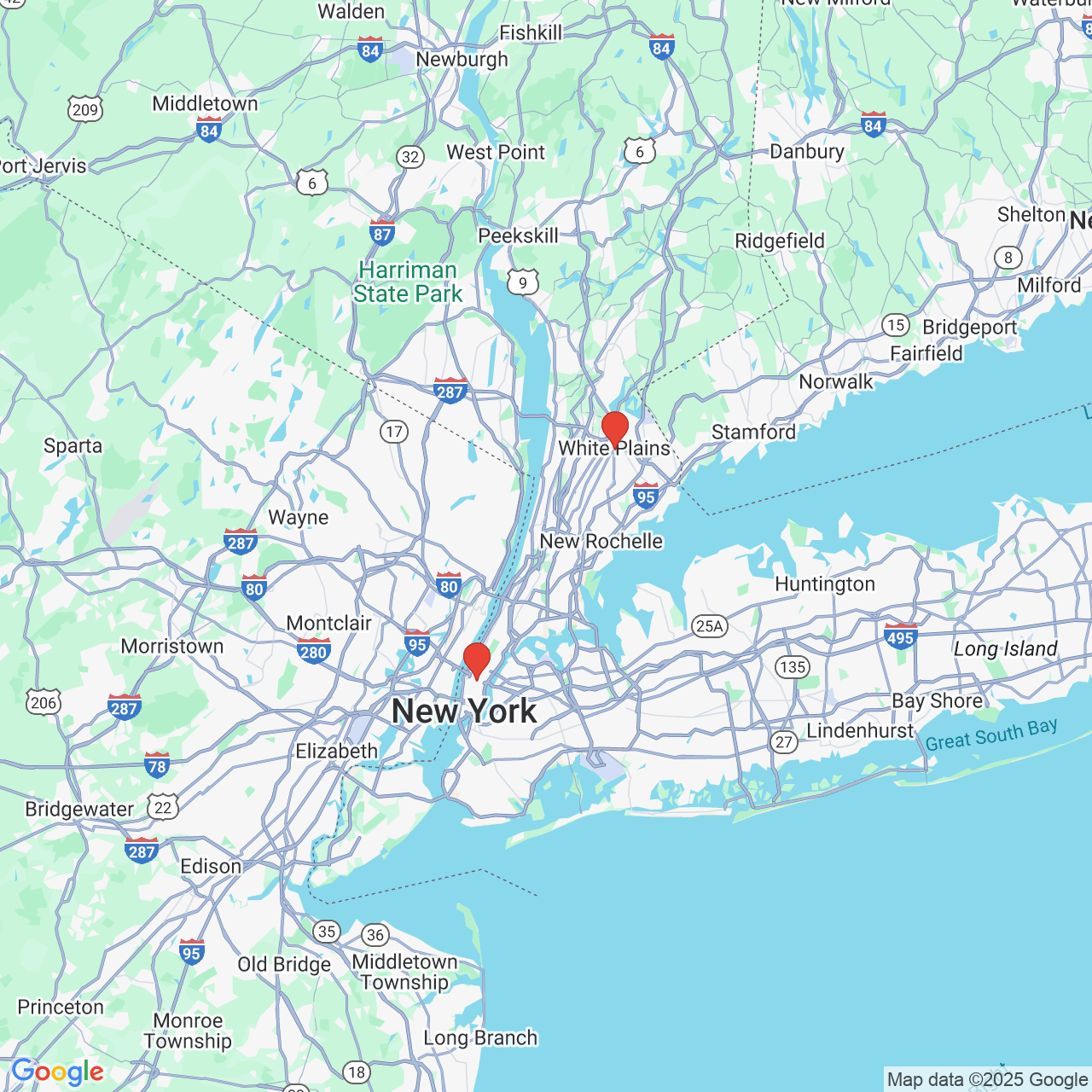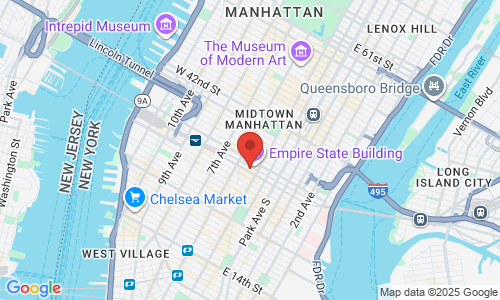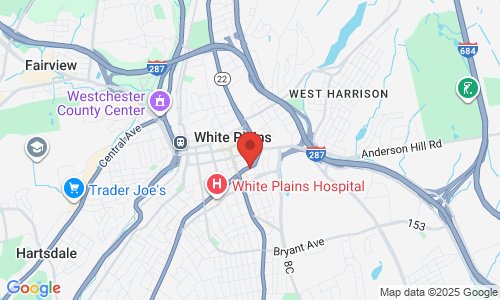“Trigger Happy” Cops Cause NYC Housing Authority To Change Their Dress Code
 New York City housing workers are in charge of up keeping the low income, often poverty stricken housing communities of New York City. Recently these workers have been instructed to wear bright orange vests at all times while working to protect themselves from New York City police officers in charge of patrolling the inner city areas that they work in. In addition to the bright orange vest which housing officials say make the workers easily identifiable, they must also have their identification cards displayed around their necks at all times.
New York City housing workers are in charge of up keeping the low income, often poverty stricken housing communities of New York City. Recently these workers have been instructed to wear bright orange vests at all times while working to protect themselves from New York City police officers in charge of patrolling the inner city areas that they work in. In addition to the bright orange vest which housing officials say make the workers easily identifiable, they must also have their identification cards displayed around their necks at all times.
These new, “safety precautions” are in response to the all too often fatal shootings of unarmed men and women in these areas. Housing officials are trying to prevent shootings similar to the shooting of housing authority employee Akai Gurley who was gunned down by Officer Peter Liang, while working last November in the Pink houses located in Brooklyn, NY. A spokesperson from the New York Housing Authority said that they are just trying to protect their workers from the dangers of trigger happy police.
Many housing workers are reluctant to speak out and share their positions on the new safety regulations because they fear creating tension with their bosses; however some workers say they do not want to wear their identification around their necks because they don’t want gang members who live in the area to know their names and other information. They say if gang members have access to their personal information it could put them and their families in jeopardy. Additionally, something hanging loose could pose a snag hazard to workers who have to work around moving machinery, such as elevators, boilers, chain saws, mowers and other equipment.
New York City Police Departments mission statement claims officers will preserve the peace, reduce fear, and provide for a safe environment, and that their job is to protect the public. Citizens should not have to take special precautions to protect themselves from the police. It is disgraceful that employees of public authorities have to fear being shot while just doing their job. The endless killing of unarmed citizens is inexcusable, and must be stopped; however forcing housing workers to wear bright easily identifiable vest, and display their ID’s is not the way to end it.
What the Housing Authority is doing by placing these new guidelines on their workers is creating a divide between the people who live in the community and the people who work in the community. This type of thinking ignores the main problem, which is overly aggressive police who assume that everyone who is present at a housing project is a criminal.
The police who patrol these communities must also self reflect and realize there are doing something wrong. People are scared, and searching for ways to prove their innocence to law enforcement which goes against one of our nation’s most sacred principles within the justice system that states, a defendant is innocent until proven guilty. What is even more troublesome is that the people in fear of police often haven’t committed any crime, they are just ordinary citizens.
Officers must learn to respect our citizen’s fourth amendment rights which state that it is not objectively reasonable for an officer to use deadly force to apprehend a suspect unless the officer has probable cause to believe that the suspect poses a significant threat of death or serious physical injury to the officer or others. If officers fail to learn and respect that rights of young men and women will continue to be victims of police brutality. Officers must be properly trained and develop relationships with the people who live in the areas where they patrol to deconstruct the fear those residents have of police. Our New York City police brutality lawyers are familiar with how to litigate these cases on behalf of police shooting victims.
In the near future there must be comprehensive well thought out strategies put in place to end police brutality, not responsive quick fix solutions like the one the Housing Authority has selected.









